Date: 30th April 2020
Time: 3.00 pm
Watch the full e-Forum here.
Affecting over 4 million people, there’s no doubt that the COVID-19 pandemic has caused a significant impact on countries worldwide, especially in the way we live. With the loosening of the Movement Control Order (MCO) and the festivities just around the corner, will there be a second-wave of COVID-19 infections? Taylor’s University’s Faculty of Health and Medical Sciences, recently held an e-Forum to discuss the disease, possible treatment, and preparing for a future with COVID-19.
Here’s the lowdown on the virus we’re facing:
SARS, MERS, and COVID-19 are all a type of coronavirus. According to Dato’ Dr. Christopher Lee, an infectious diseases physician and member of the Selangor COVID-19 task force, COVID-19 differs in how it spreads and the speed of infection.
“SARS and MERS transmit when you have symptoms like fever. COVID-19 is like influenza where the virus can spread 1 to 3 days before showing any real symptoms,” he explained. This makes it difficult to monitor and catch asymptomatic patients
This is important as it makes practising social distancing, good hygiene, and universal masking extremely crucial. “Efforts to contain infected people through methods like thermal scanning may not be as effective because infection could still happen without showing symptoms as seen in the Diamond Princess Cruise. Though it’s still good using these methods,” Dato’ Lee added.
Learn about COVID-19 against other viruses.
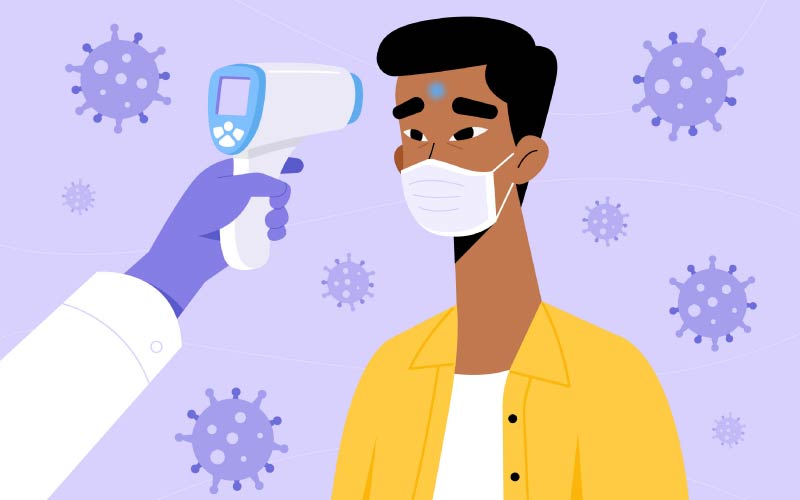
Professor Dr. Chong Pei Pei, a biomedical scientist and Head of Research at Taylor’s School of Biosciences, shares what happens during the two testings used, namely a Reverse Transcription Polymerase Chain Reaction (RT-PCR) test and a serology test.
An RT-PCR test takes a sample from the inside of your nose (ouch!) to detect the presence of specific genes in the virus. “This is the most effective way to test if someone’s infected but it’s costly, requires analysing by a well-trained lab technician in a certified hospital laboratory, and due to logistic reasons, would take 24 to 48 hours to receive the results,” she explained.
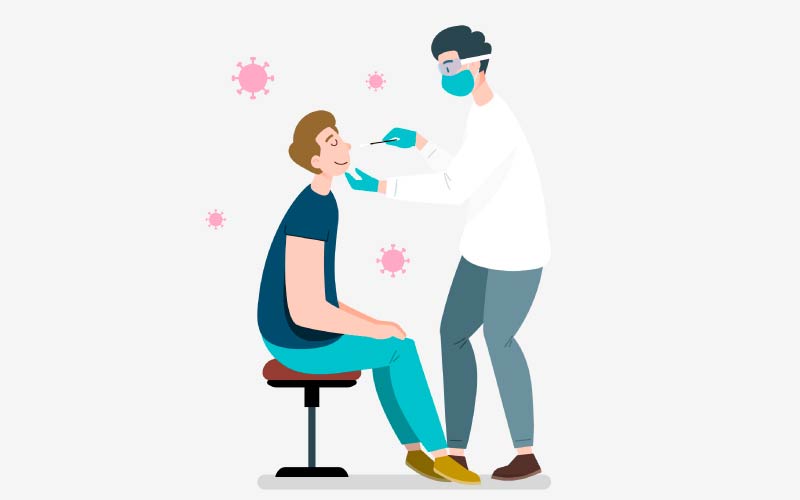
Due to these constraints, a serology test (or blood test) is used for mass screenings which detects the antibodies produced to fight the virus. However, this doesn’t indicate the true presence of the virus since antibodies can stay even after being cured. “The test is most effective when done in the middle of an infection. If done too late, results may indicate a false positive and if done too early, you may get a false negative. But this test gives fast results, typically taking 30 minutes to an hour,” she adds.
Quick solution? Malaysia's Ministry of Health shows a smart way to use serology tests to conduct mass screenings for those who would need an RT-PCR test.
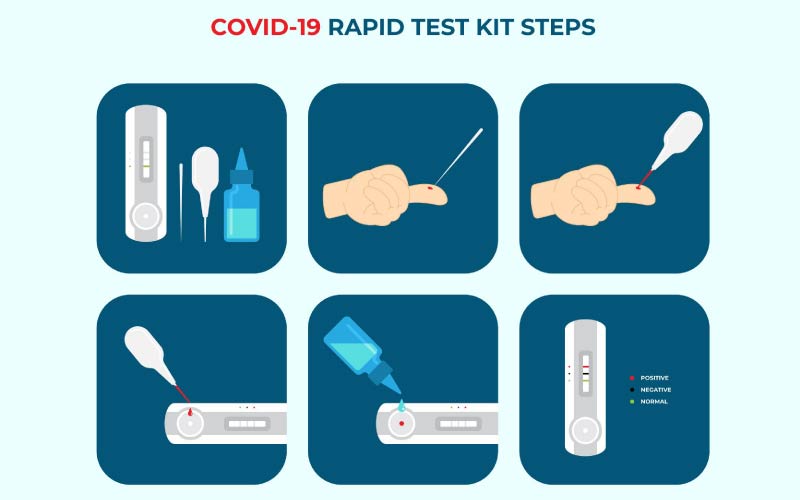
Learn about Malaysia’s step in speeding up mass screenings using South Korean’s antigen rapid test kit.
With no specific treatments or vaccines for COVID-19, countries are continuously working towards one. For now, hospitalised patients are being treated symptomatically - where they’re treated for the symptoms instead of the virus.
However, some countries have considered other drugs as a possible treatment. For instance, chloroquine and hydroxychloroquine, drugs used to fight malaria and other inflammatory diseases, were used in some countries, including the States and China. Emeritus Professor Dr. P.T. Thomas, Executive Dean of Taylor’s Faculty of Health and Medical Sciences, explained, “Although viruses are treated with specific antivirals and vaccines, these drugs were considered because it’s been successful in some cases against other viruses. However, the side effects of the medication remains a concern.”
To overcome this, the ‘Solidarity Trial’ was launched by the World Health Organisation (WHO), to test these drugs and collect data across different countries, including Malaysia. “This multicountry test allows for data to be collected as fast as possible. We’re currently recruiting symptomatic patients with specific criteria and expect to collect enough data soon,” Dato’ Lee shared.
Besides that, the transmission of convalescent plasma from a recovered COVID-19 patient may also help those infected. Prof. Thomas explained, “The recovered person would have a high number of antibodies in their plasma. If there’s a way to inject it into an infected person, it could help them recover faster.” Though clinical trials have been approved, there is not much successful evidence. “We have to collect the data, wait for these studies to come back, and await what WHO will say, moving forward,” Dato’ Lee added.
On the other hand, Prof. Chong expressed her gratitude for the global scientific community working together more rapidly. “When the outbreak occurred, China shared information worldwide. This sharing spirit should continue spreading so that investigators and researchers can work towards finding new diagnostic tests.”
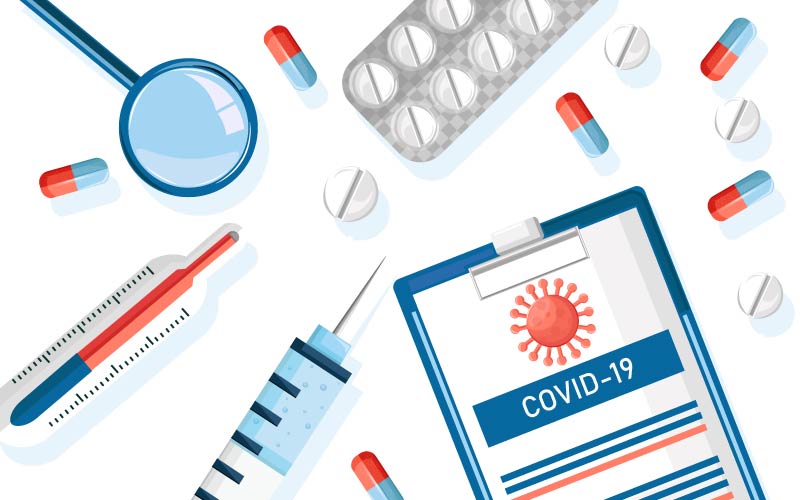
Did you know?
The glimmer of hope given through the trials has resulted in the unethical selling of unregulated coronavirus products, including convalescent plasma. But getting these off the dark web would be extremely risky!
Fortunately, with measurements taken by our government, Malaysia is slowly managing its cases and flattening the curve, moving the MCO to a conditional one. But are we really out of the woods? Will we see a resurgence of cases as people celebrate the Raya festivities happening just around the corner?
“At the end of the day, we’re all interconnected and sociable beings so we have to ask ourselves, what is our new normal? We cannot return back to normal because, whatever the MOH says, there cannot be 0 infections out there. We’re advised not to socialise or we risk infecting others and re-spreading the infection like Singapore. We have to work together to create our new norm with good hand hygiene, universal masking in public spaces, and discerning what is and isn’t essential. This should be kept in mind when planning our new normal and moving into a new future,” Dato’ Lee advises.
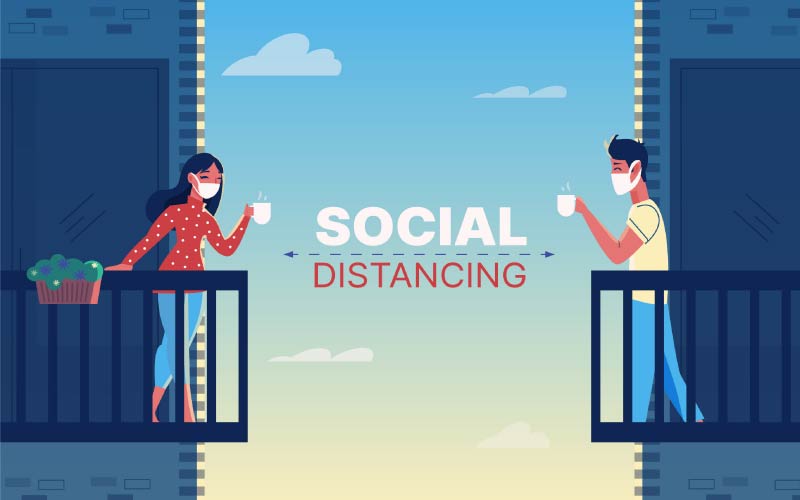
Want to know more?
Learn interesting facts about COVID-19 and stay updated with COVID-19 through Coronatracker. (Fun fact: Our School of Biosciences is a contributor too!)